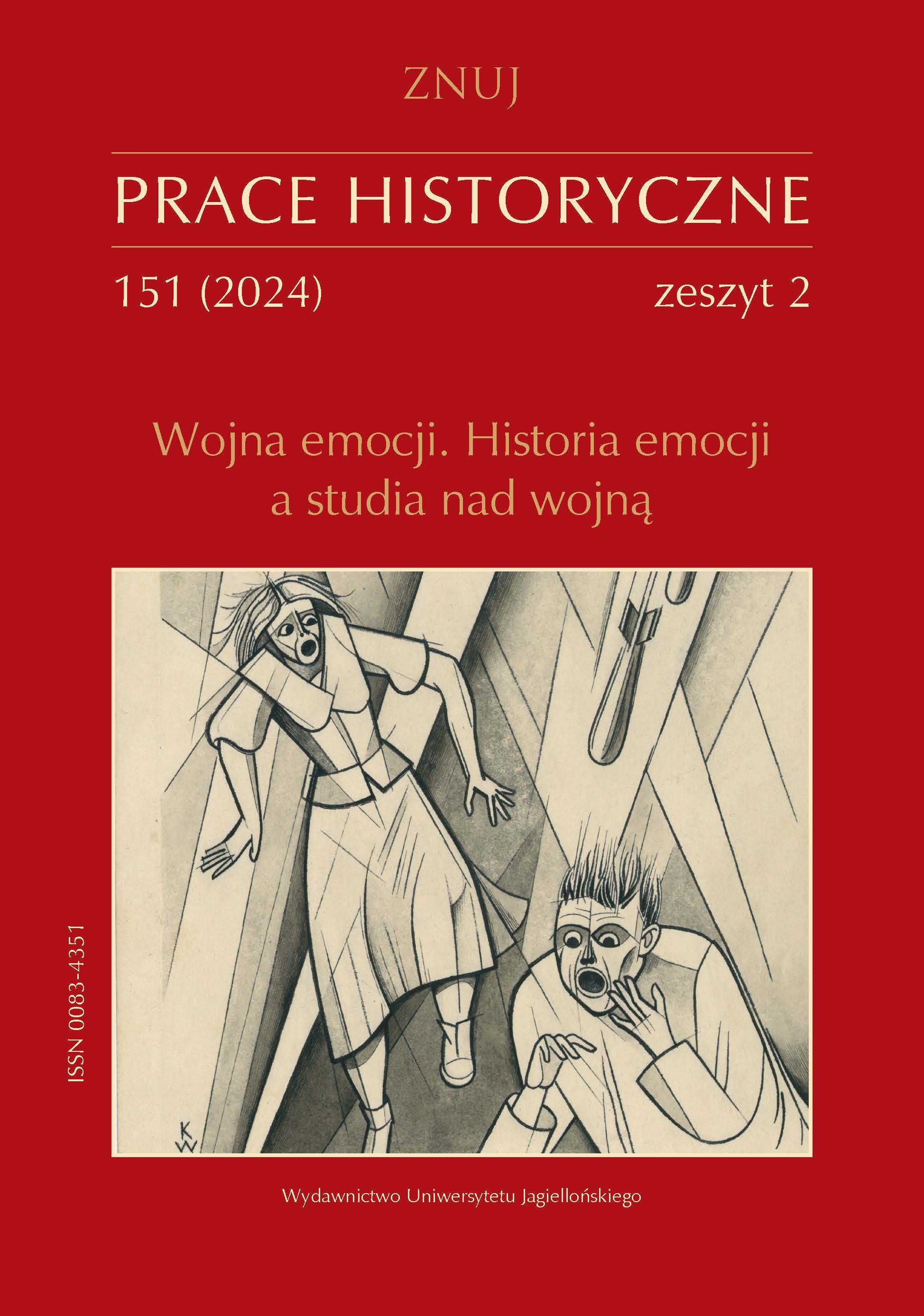Współczesny brytyjski film o Wielkiej Wojnie i strategie wywoływania emocji u widza
Contemporary British cinematography about the Great War and strategies of evoking emotions in the audience
Author(s): Weronika Hanna Kulczewska-RastaszańskaSubject(s): History, Fine Arts / Performing Arts, Recent History (1900 till today), Pre-WW I & WW I (1900 -1919), Film / Cinema / Cinematography
Published by: Wydawnictwo Uniwersytetu Jagiellońskiego
Keywords: the Great War; emotions; film; memory; World War I
Summary/Abstract: The following text examines the role of emotion and the way it is created in contemporary British historical films about the Great War. Themes, emotions and characters are pivotal in fictional storytelling, and cinematic depiction of historical events is no exception to this. The First World War has made a significant impact on British memory, and this military conflict has been frequently presented in literature, art, theatre, and film. In this paper the author outlines the fundamental challenges associated with the analysis of emotions in film, and then go on to examine specific examples. The following films and TV series were taken into consideration: Private Peaceful (2012, dir. Pat O’Connor), Birdsong (2012, dir. Philip Martin), The Passing Bells (2014, dir. Brendan Maher), Testament of Youth (2014, dir. James Kent), Journey’s End (2017, dir. Saul Dibb) and 1917 (2019, dir. Sam Mendes). The author analyses how, in those movies, the theme of love was interwoven in the cinematic discourse about the war, how the process of identification-projection affects the viewer’s perception of the characters, and what technical nuances (shots, angles, sounds) are frequently being used by filmmakers to achieve particular emotional effect or mood.
Journal: Prace Historyczne
- Issue Year: 151/2024
- Issue No: 2
- Page Range: 399-412
- Page Count: 14
- Language: Polish

